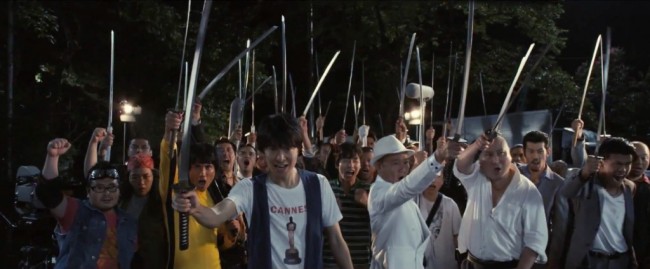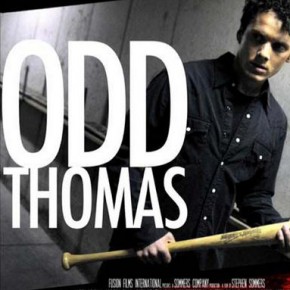
Peter Goldson is an FBI agent known as The Stabilizer, because, well, it sounds sorta cool. Don’t over-think it. When a brilliant scientist goes missing in Jakarta, Goldson suspects his arch-nemesis is responsible, so he gathers a team and sets about taking him down.
Made in Indonesia and distributed by the legendary “Troma Entertainment”, “The Stabiliser” is one of a series of trashy action knock-offs made by prolific mono-named hack Arizal. Essentially, this is his “James Bond” mixed with a bit of “Mission: Impossible”; a big dollop of nonsensical action cheese, carried out with startling incompetence.
In the title role is Peter O’Brian, a New Zealand born actor whose mere presence in a film is a guarantee of quality. Low quality. His hair is a magnificent artefact of the 80s, deserving of a place in a museum, while his performance here is stiff, wooden and full of bizarre poses; moments where he stops moving completely and seems to tense every muscle in his body for absolutely no reason. His New Zealand accent was probably not what Arizal wanted for his American super agent, so he is hilariously dubbed with a voice that would seem more at home in a toothpaste advert than an action movie.
O’Brian’s most famous role is his portrayal of the completely original and in no way copyright infringing character “Rambu” from “The Intruder”. Based on that, and the fact that here he adorns the walls of his house with posters of himself dressed up as Cobretti from “Cobra”, he is clearly supposed to have some kind of resemblance to Sylvester Stallone, although he looks far more like the illegitimate love-child of an unholy union between David Hasselhoff and a horse.
The main villain is the brilliantly named Rainmaker. Greg Rainmaker. Greg. Because there really are not enough super-villains called Greg. He is a drug-dealing, rapist murderer who has spikes on the bottom of his shoes and a pronounced limp. In a film with unquestionably the most heavy-handed audio effects ever loosely bolted onto moving pictures, the over-eager foley artists really went to town on the spikes and the limp, making any scene Rainmaker appears in an absolute hoot as he slowly “tap-pause-taps” across every room.
Seemingly filmed with no sound whatsoever, the dubbing is at once completely awful, and also strangely endearing. Bless ’em, they really did try to make the words fit the flapping lips and long pauses, leading to oddly broken up sentences and single word responses that make absolutely no sense. “Pause, Pause, Pause, BULLSHIT, Pause, Pause, Cut”.
This film has it all. Bad kung-fu. Messy gun-fights. Someone getting punched in the head by a motorbike. Incidental characters macking on live lizards before biting their heads off and eating them. Baggy leopard-print trousers. An Indonesian Mr T lookalike. A bad guy dying and leaving behind a piece of card with some squiggles and the words “Location Map” written on it. Goldson looking at that and saying “This might lead somewhere”. The word “bullshit”. Blue cans. More blue cans. Even more blue cans. Drink every time you see a blue can and your liver will pack up a bindle and hit the road long before the credits roll.
A film rammed with weirdness and ineptitude, coupled with gloriously excessive action and seemingly random explosions; “The Stabilizer” is an unmissable slice of 80s trash cinema, both hilariously bad and a hell of a lot of fun.






